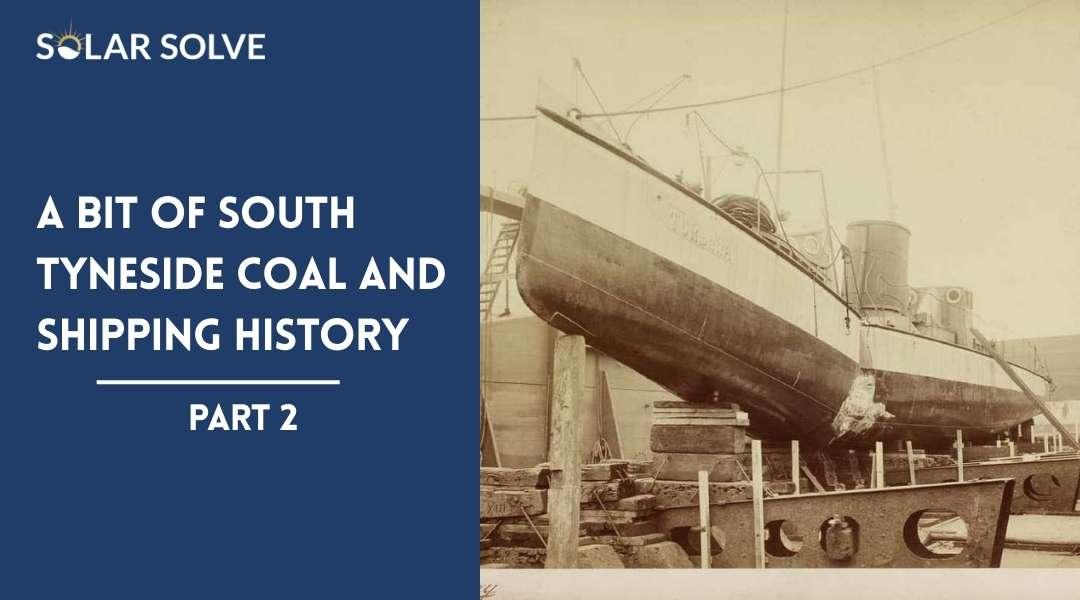South Tyneside’s Historic Role in Shipping and Coal
Following straight on from my last blog about my recent visit to South Shields Museum, this time I want to mention some impressive historical statistics and facts about South Tyneside’s fame within the world of shipping, nationally and internationally.
After moving from Sunderland to South Shields in 1993, we stayed at the St. Hilda location until we had expanded into 5 nursery units and needed to find one big factory. In 2005 we relocated to a brand new factory inside the Port of Tyne complex, built on reclaimed land that was part the area where colliers used to load coal mainly destined for London. So the story continues and I want to share with readers some of the interesting facts and figures I gleaned from the wall charts in the museum.
Coals to London!
Coal has been transported from the Tyne since the 1300’s. The increase in shipbuilding in the 1700’s enabled more coal to be exported. In March 1755 the Newcastle Courant reported that 61 colliers had sailed from South Shields to London the previous month alone. By the 1830’s the railways were bringing coal from pits more than 20 miles inland to ships on the river.
The ss John Bowes, seen leaving the Tyne in the painting above, by Frank Henry Mason, was built at Palmer’s shipyards in Jarrow in 1851. It was revolutionary as it was not only built of iron but also used the latest technology in steam power propulsion and was able to take water on board as ballast. She was faster and more profitable to operate. Instead of a trip to London and back taking a month to complete by traditional sailing colliers, the John Bowes could do the same journey in 5 days. Coal could now be transported to other parts of the country far more quickly than before.
South Shields Shipbuilding: Innovation and Growth
South Shield’s first shipyard opened in 1720. It was owned by Robert Wallis, a local businessman determined to break the control that Newcastle had on activity up and down the river. Shipbuilding flourished as Central Government often relied on the supply of ships and men from Shields.
At first, ships and boats were just made of wood but in 1839, the first iron vessel on the Tyne was launched. It was a tugboat called the Star and was built at Marshall’s yard in South Shields.
As the number and size of shipyards increased (for instance Palmer’s in Jarrow opened in 1851 and Leslie’s in Hebburn, in 1853) the industry became the largest employer.
In 1861, one in three males over the age of 20 in South Shields worked in the shipping industry. However, working conditions for many were hard.
With any luck I will fully retire sometime during 2022 and will be able to spend more time looking around me and enjoy discovering other bits of history and information that interest me, without feeling guilty about how much time it takes.
If you want to read about the part 1 then click here
John Lightfoot, Solar Solve Chairman


